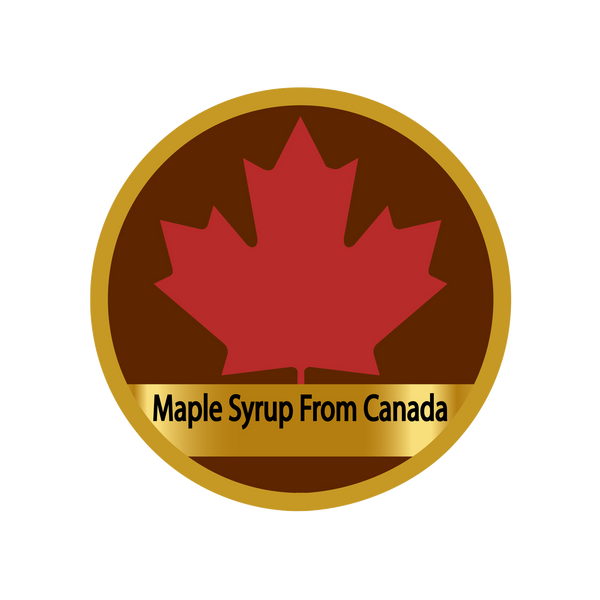Understanding the International Maple Syrup Supply Chain: A Guide for Food and Beverage Importers
The international maple syrup supply chain is a fascinating and intricate process that ensures the delivery of high-quality syrup from the forests of Quebec to tables around the world. As a food and beverage importer, understanding this supply chain can help you appreciate the value and quality control involved in bringing this natural sweetener to your market.
1. Harvesting the Sap 🌳
The journey of maple syrup begins in the sugar maple forests of Quebec during early spring. Producers tap the trees to collect sap, which is then transported to sugar shacks. Here, the sap is boiled down, requiring approximately 40 liters of sap to produce just 1 liter of maple syrup. This step is crucial for developing the syrup’s distinct flavor and consistency.
2. Quality Control ✅
Ensuring high-quality maple syrup involves rigorous quality control measures. Each batch undergoes testing for density and sugar content to meet strict standards. At Maple Syrup From Canada, our syrup is certified by independent organizations like ACER Division Inspection Inc., which guarantees the product’s top-notch quality and adherence to international standards.
3. Warehousing and Storage 🏢
After production, the maple syrup is stored in large industrial barrels in climate-controlled warehouses. This step preserves the syrup’s purity and flavor, preventing any degradation before it reaches consumers. Proper storage conditions are essential for maintaining the syrup's quality over time.
4. Logistics and Export Certification 📦🚢
Exporting maple syrup involves a complex logistical process. Our team handles the necessary certifications, such as the Certificate of Origin, to comply with international trade regulations. We also coordinate with customs brokers to facilitate smooth transit through international borders, ensuring that all paperwork and compliance requirements are met.
5. Transportation to Destination Countries 🌐
The syrup is then shipped to various countries using reliable freight services. Partnering with trusted logistics providers ensures that the syrup is delivered on time and in optimal condition. Transportation is a critical step where careful planning and execution can mitigate risks associated with long-distance shipping.
6. Distribution to Importers and Manufacturers 🏭
Upon arrival in the destination country, the syrup is distributed to importers and food manufacturers. These entities utilize maple syrup in a wide range of products, from gourmet foods to everyday breakfast items, enhancing their offerings with a natural and premium sweetener.
7. Bottling and Retail 🏪
Interestingly, it is not always logical to bottle maple syrup in Canada due to the higher costs associated with production and labor. Canada excels in producing and supplying high-quality maple syrup, but the actual bottling can be efficiently handled in the destination country. This approach not only reduces costs but also allows for flexibility in meeting local packaging and labeling regulations. By focusing on large-scale production and export, Canada can offer a consistent supply of maple syrup, while importers can bottle and distribute it according to local market demands. This ensures that consumers receive fresh and affordable maple syrup without compromising on quality.
The Value of Understanding the Supply Chain
For food and beverage importers, comprehending the maple syrup supply chain underscores the importance of quality control, proper storage, and efficient logistics. Each stage, from sap collection to final retail, is designed to maintain the syrup’s high quality and ensure it arrives in perfect condition.
At Maple Syrup From Canada, we pride ourselves on our meticulous approach to every aspect of the supply chain. This commitment to excellence ensures that our customers receive only the finest maple syrup, reflecting the rich traditions and natural bounty of Quebec's maple forests.

